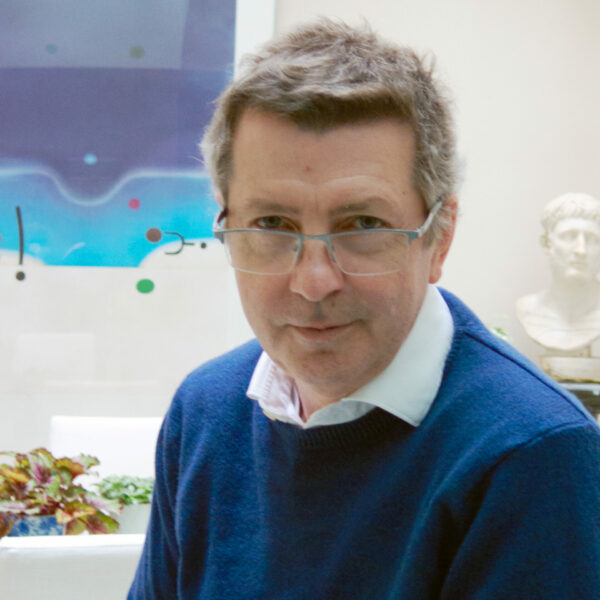Event Details
This How-to has already taken place.
Peter Nobes
United Kingdom
How to teach 'a quickened conscious mind'.
I love FM’s books. Every time I reread them, or even just dip into them, I find riches: new ideas; fresh ways of looking at things that I thought I understood. As Dewey said, ‘new meanings constantly open up.’ Why do so many of us have difficulty with them? I wonder whether those of us who don’t understand the books are not teaching what’s in the books.
For instance, FM wrote ‘The centre and backbone of my theory and practice … is that the conscious mind must be quickened’ and ‘My Technique is based on … the inhibition of unwanted reactions to stimuli, and is therefore primarily a technique for the development of control of human reaction’.
Are we putting inhibition, control of our reactions and an enlivened conscious mind at the core of our teaching? The emphasis seems to be on bodies and movement – and that’s not what’s in the books.
Dewey says in CCCI that we observe the world, and ourselves, through ‘perverted consciousness’, and that affects all our actions. Our self-awareness, observations and actions will therefore all work better with ‘wholesome’ consciousness, but are we going to bring that about by asking our necks to free and our heads to go forward and up?
Is it possible to bring about, not just the physical benefits that we all know and love, but also the mental and spiritual benefits that FM wrote about in his books, not by freeing our necks, but by freeing our consciousness?
Spoiler alert – yes, it is! By freeing our consciousness, we free everything else.
Working in pairs or small groups, we’ll have fun experimenting with this. I’ll show you how I teach ‘a quickened conscious mind’, and how that leads to
- A free neck (although you won’t care whether it’s free)
- The poise, effortless movement, etc, that we are all familiar with
- A matching ‘mental poise’, clarity of thinking etc
- Control of our reactions – it’s difficult to do things habitually when we’re fully conscious.
- Accurate sensory appreciation – faithful interpretation of what all our senses are telling us is simple when we are fully conscious.
Please bring an open mind and a sense of humour. And, if possible, a bean bag or small ball.
About Peter Nobes
Peter Nobes has been teaching the Alexander Technique since 1993. He is based in central London and has taught the Alexander work in thirteen countries on three continents.
Peter has been training teachers since 2013. He delivered the Keynote Speech at the ATI conference in 2016.
His book ‘Mindfulness in 3D – the Alexander Technique for the 21st Century’ was published in 2018. He is currently writing another book about how to make sense of FM\\\’s writings, provisionally titled \\\’Illusion or Reality – Are We Teaching What FM Was Teaching?\\\’
When he isn’t teaching, Peter builds wooden boats and then rows, paddles and sails them.
pn@alexandertech.co.uk
https://www.alexandertech.co.uk
See also: Peter Nobes – Presenter Detail Page
How-to
Thursday, 25 August 2022
09:00 h - 11:00 h (9.00am-11.00am)
Main Building
Floor: 3.OG (3rd floor)
Room: H 3012
CATEGORIES
AT Principles and Procedures||Everyday Activities||Practical Teaching Skills
2
WORKSHOP STYLE
Fully Practical
Lecture
OPEN FOR
Teachers||Trainees||Everyone

